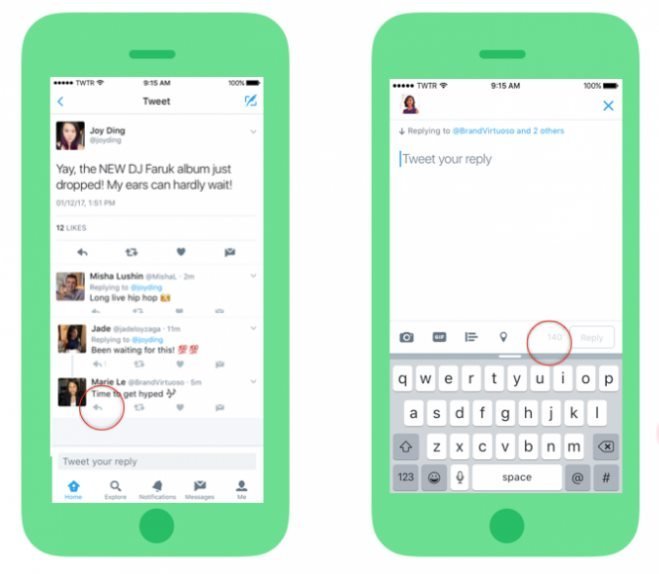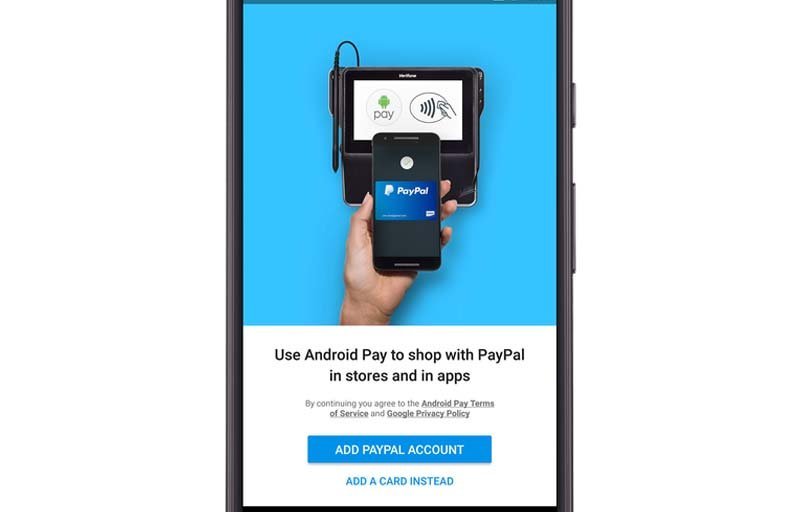Twitter is rolling out a significant update to its reply system, effective today, March 30, that fundamentally changes how users engage in conversations. This long-awaited change means that @usernames will no longer count towards your precious 140-character limit when replying to a tweet. This update aims to simplify interactions and give users more space to express their thoughts and feelings clearly.
Twitter’s Reply Update Explained
The core of this new feature is straightforward: when you reply to someone on Twitter, their @username will no longer consume any of your character count. Previously, engaging in multi-person conversations quickly ate into the 140-character limit, often forcing users to shorten their messages or remove participants.
This adjustment directly addresses a common frustration among Twitter’s vast user base, which includes hundreds of millions of active users worldwide. By freeing up character space, the platform encourages more detailed and meaningful interactions without the constraint of username length.
Now, users can focus entirely on their message, allowing for richer discussions and more complete thoughts within a single tweet. This change reflects Twitter’s ongoing commitment to improving the user experience and fostering better communication.
Cleaner Conversations Are Here
Alongside the character count change, Twitter has introduced a visual alteration to make conversations much easier to follow. Instead of seeing @usernames cluttering the beginning of a reply tweet, the names of those you are replying to will now appear above the tweet text.
This visual shift creates a cleaner, more readable timeline, helping people understand the context of a conversation at a glance. Tapping on the “Replying to…” text will reveal the exact people involved in the discussion, ensuring clarity without sacrificing screen space or readability.
This design choice is crucial for enhancing the flow of dialogue on the platform, making it less visually noisy and more focused on the content of the message itself. It’s a subtle yet impactful change that streamlines how users perceive and participate in public discussions.
The Evolution Of Tweeting
This latest update is part of a series of important changes Twitter has made to its platform in recent years, all aimed at improving user experience and simplifying communication. These updates highlight Twitter’s continuous efforts to evolve its core features.
The company has been steadily refining how users interact with tweets and each other. These progressive updates demonstrate a clear strategy to make the platform more intuitive and user-friendly, allowing for more fluid and expressive interactions.
Here is a brief look at some of Twitter’s recent key updates leading up to this change:
| Date | Update Description |
| June 14, 2016 | Made Retweeting easier for users. |
| September 19, 2016 | Allowed 140-character tweets without counting photos, videos, GIFs, polls, and Quote Tweets towards the limit. |
| March 30 | @usernames in replies no longer count towards the 140-character limit. |
Wider Availability And Future Outlook
This new reply feature is now available across all major Twitter platforms. Users can experience the improved conversation flow on Twitter.com, as well as through the official apps for Android and iOS devices. This broad rollout ensures that a vast majority of users can immediately benefit from the changes.
Many regular Twitter users may already be noticing and utilizing this new functionality, which has been widely anticipated. The company has expressed that these updates are part of an ongoing process, with officials stating that they will continue working to simplify conversations and introduce more new features in the future.
Twitter’s commitment to frequent and important upgrades underscores its dedication to user satisfaction and platform innovation. Users can expect further enhancements designed to make tweeting and interacting even more seamless and enjoyable in the long run.









Leave a Comment